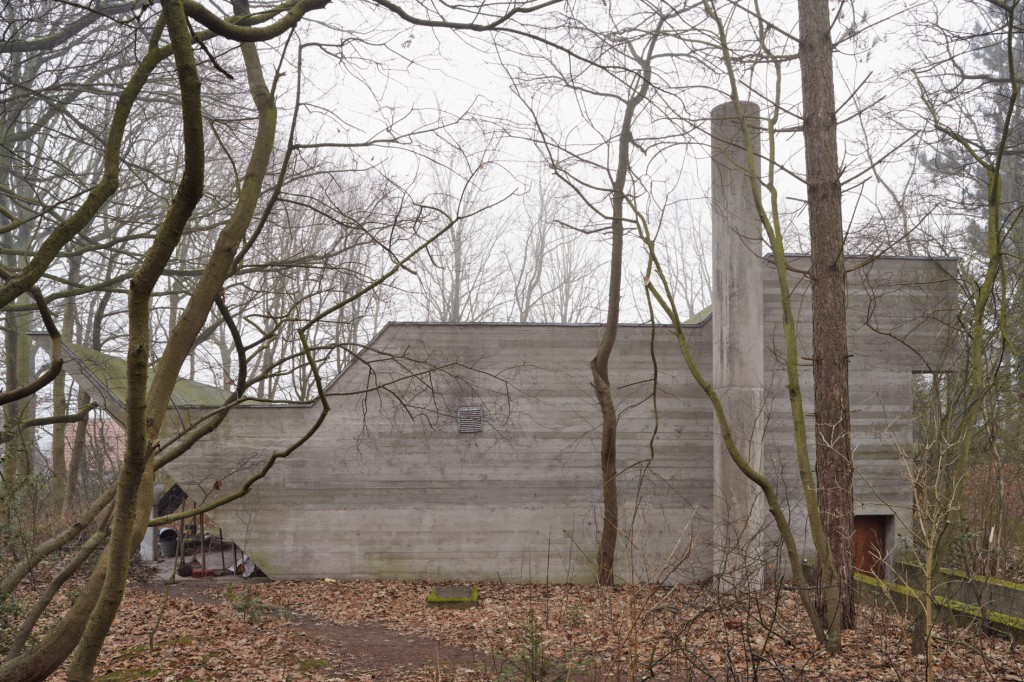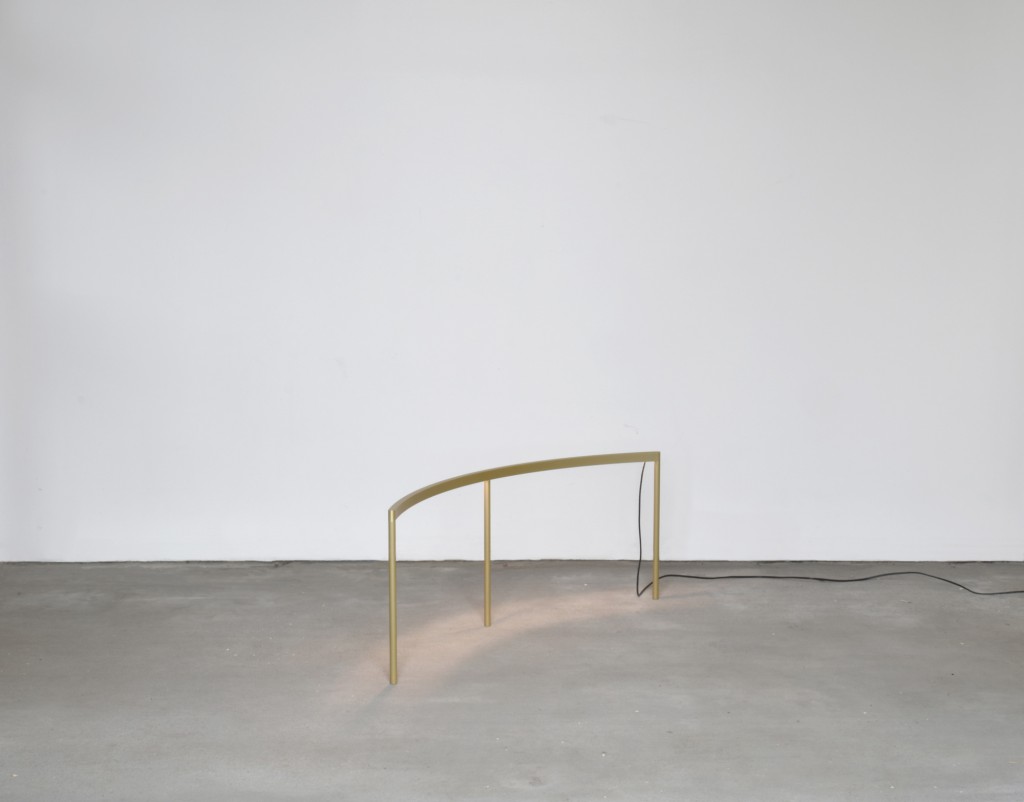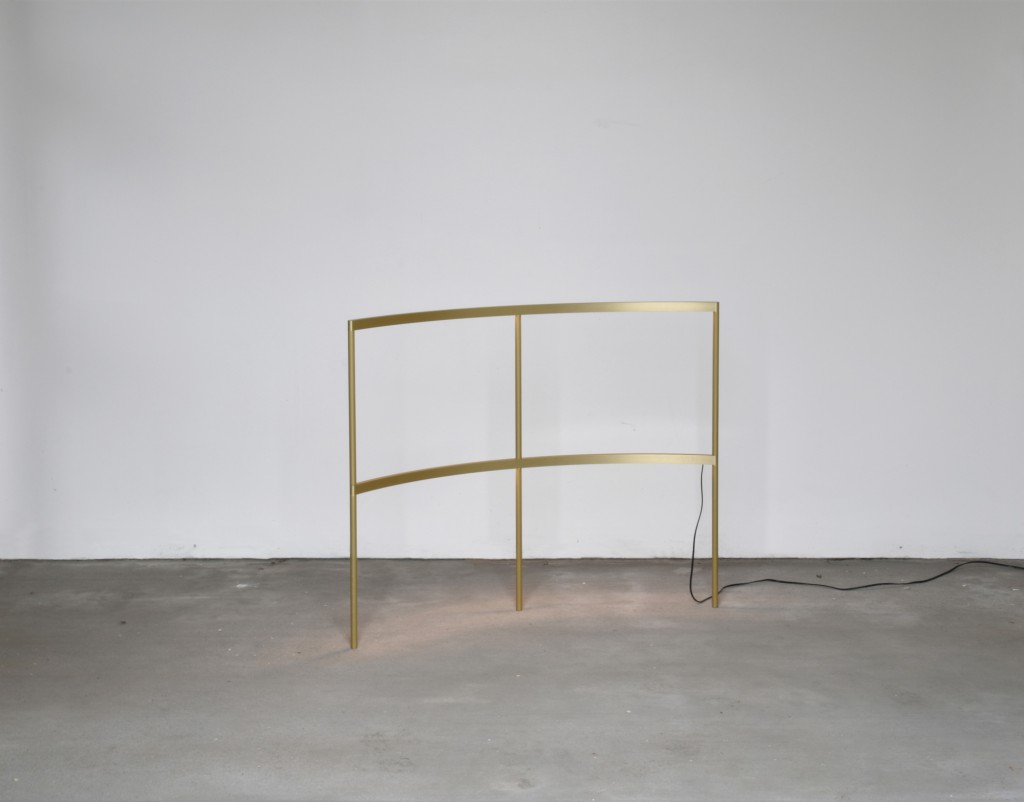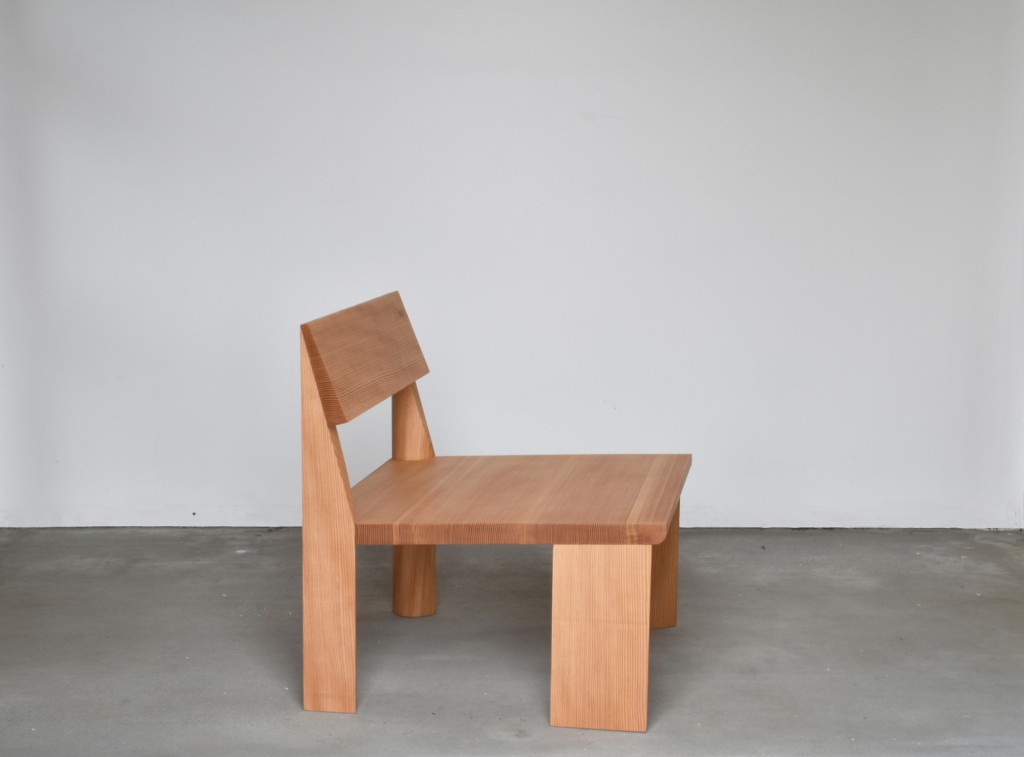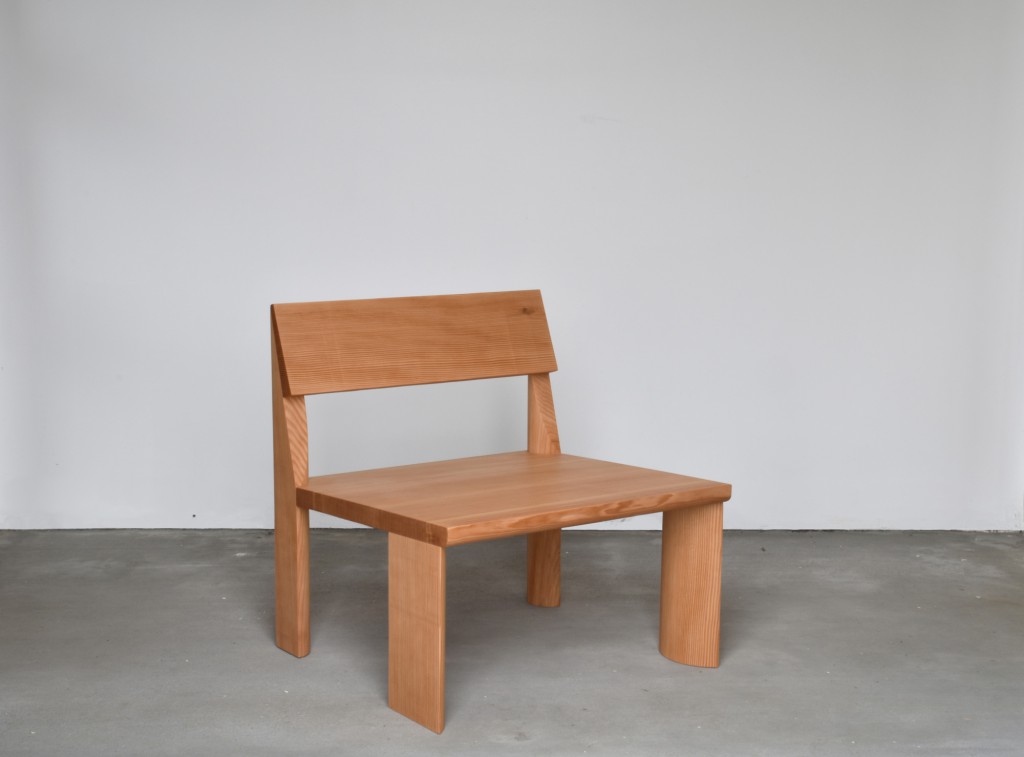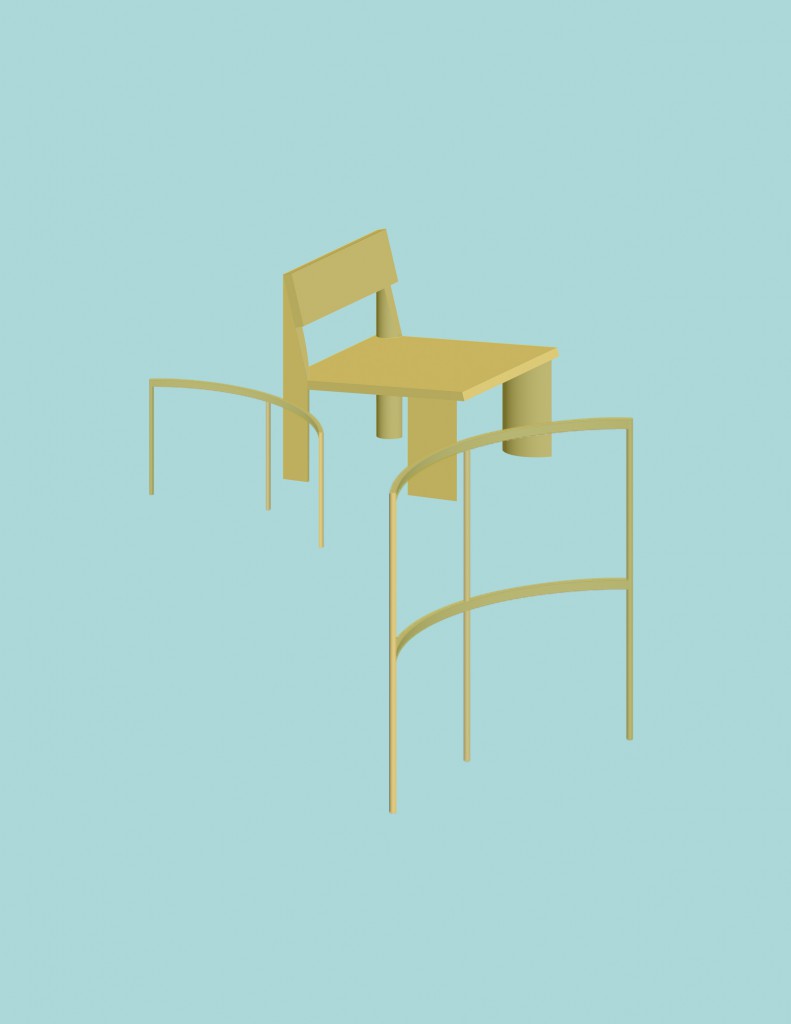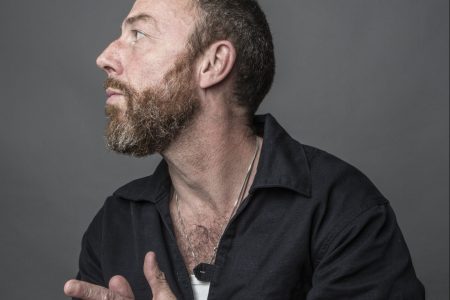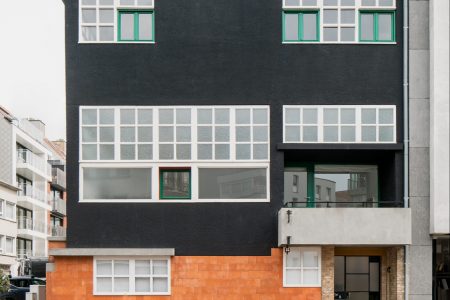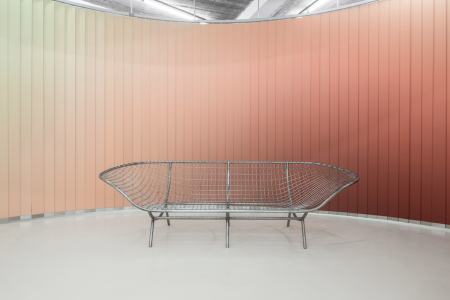Maniera Showcases ‘Open Objects’ by Jonathan Muecke
Maniera Gallery has commissioned American designer Jonathan Muecke to respond to Juliaan Lampens’ iconic Van Wassenhove House, its brutalist architecture and furniture.
This year, TL Magazine ventures to highlight a selection of Brussels’ finest design and applied arts galleries during Brussels Gallery Weekend and Design September. Maniera is among the many exciting design galleries participating in this month-long celebration of the best art, architecture, and design that Brussels has to offer.
Maniera is not your usual design gallery. Located at the heart of the Sablon, the historical art center of Brussels, the gallery has carved out a unique space for itself in the increasingly crowded international design world. Founded by Amaryllis Jacobs and Kwinten Lavigne in 2014, Maniera swiftly collapses prevailing notions of furniture design and production. The gallery exclusively invites architects whose work display a strong affinity with the visual arts, as well as artists with practices that straddle the fine line between art, architecture and design, challenging them to do something they never did before: develop limited edition-samples of furniture. Yet it is no new phenomenon. “Many significant artists created functional objects,” Amaryllis Jacobs explains, “Think of Donald Judd’s furniture, Rachel Whiteread’s daybeds, Franz West’s sofas, Josef Albers’ tapestries, Sol Lewitt’s and Ellsworth Kelly’s folding screens, Yves Klein’s blue table, Rosemarie Trockels wallpapers. Great architects indulged in artistic practices—Le Corbusier painted, Carlo Mollino was a photographer—or designed furniture.”
Inspired by these histories, as well as by the rise of a new generation of Belgian architects with international appeal, Maniera’s experimental design venture has been exceptional to say the least, and there’s much more to come. After its premiere exhibition, showing a table and chair conceived by the renowned architecture studio OFFICE Kersten Geers David Van Severen and faux-stone shelves by Dutch architect Anne Holtrop, Maniera has only continued to raise the bar. Complementing design proposals by established figures with ones by a younger, emerging generation, the gallery brings a diverse mix of positions with unique modes of working.
The near future will bring works by Belgian artists Sophie Nys and Valérie Mannaerts in the lively Brussels contemporary art scene, as well as a unique presentation by designer Jonathan Muecke. Maniera commissioned Muecke to respond to Juliaan Lampens’ iconic Van Wassenhove House, its brutalist architecture and furniture. The outcome, five ‘open objects’ concealing experimental processes informed by architectural and artistic references, will be presented in the house on September 4. “Jonathan is a trained architect, designing furniture, theory-driven statements in the domestic realm,” Jacobs says. “His cerebral and experimental practice seems more aligned with that of a fine artist than an industrial designer, calling to mind the conceptual practices of such twentieth-century luminaries as Yves Klein, Ellsworth Kelly, Donald Judd and Tony Smith. We think Jonathan’s work perfectly fits in our collection of architects and artists.” We believe so too.
